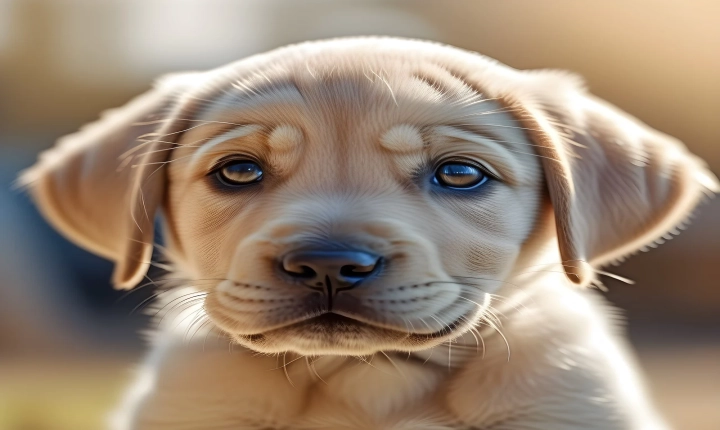Title: Making Art AI: A Step-by-Step Guide
Artificial intelligence (AI) has the power to transform the field of art by enabling computers to create, analyze, and interpret artistic works. Creating an art AI, however, requires a combination of technical skills, creative vision, and an understanding of the underlying principles of AI and art. In this article, we will outline a step-by-step guide to help you make your own art AI.
Step 1: Understand the Basics of AI and Art
Before diving into the process of creating an art AI, it is essential to have a solid understanding of both AI and art. Familiarize yourself with the different types of AI, such as machine learning and deep learning, and how they can be applied to art. Additionally, study the fundamentals of art theory and aesthetics to understand what makes a piece of art compelling and evocative.
Step 2: Choose a Framework or Platform
Select a framework or platform that will serve as the foundation for your art AI. Popular choices include TensorFlow, PyTorch, and Keras, which provide a wide range of tools and resources for building and training AI models. Consider your level of expertise and the specific requirements of your project when choosing a framework.
Step 3: Collect and Prepare Data
Gather a diverse collection of art, including paintings, illustrations, and photographs, that will serve as the training data for your art AI. It is crucial to curate a comprehensive dataset that covers various styles, genres, and artists to ensure that the AI model learns to recognize and generate a wide range of artistic expressions. Clean and preprocess the data to ensure that it is in a format compatible with your chosen framework.
Step 4: Design and Train the Model
Using the selected framework, design an AI model specifically tailored for creating art. This model could be based on a variety of techniques, including generative adversarial networks (GANs), which have been widely used for generating realistic images. Train the model using the prepared dataset, adjusting parameters and hyperparameters as needed to optimize its performance.
Step 5: Experiment and Refine
Once the model is trained, experiment with different inputs and parameters to generate new artistic outputs. Use the AI-generated art to explore new styles, compositions, and visual effects. Continuously refine the model based on the feedback and results from these experiments, aiming to achieve a balance between novelty and aesthetic quality.
Step 6: Ethical Considerations
As with any application of AI, it is important to consider the ethical implications of creating art AI. Be mindful of issues such as copyright infringement, cultural appropriation, and the potential impact of AI-generated art on human artists. Strive to use the technology responsibly and ethically, respecting the rights and perspectives of artists and the community at large.
In conclusion, creating an art AI requires a multidisciplinary approach that encompasses expertise in AI, art, and ethical considerations. By following the step-by-step guide outlined in this article, you can embark on the journey of developing your own art AI and contribute to the convergence of technology and creativity in the art world.
